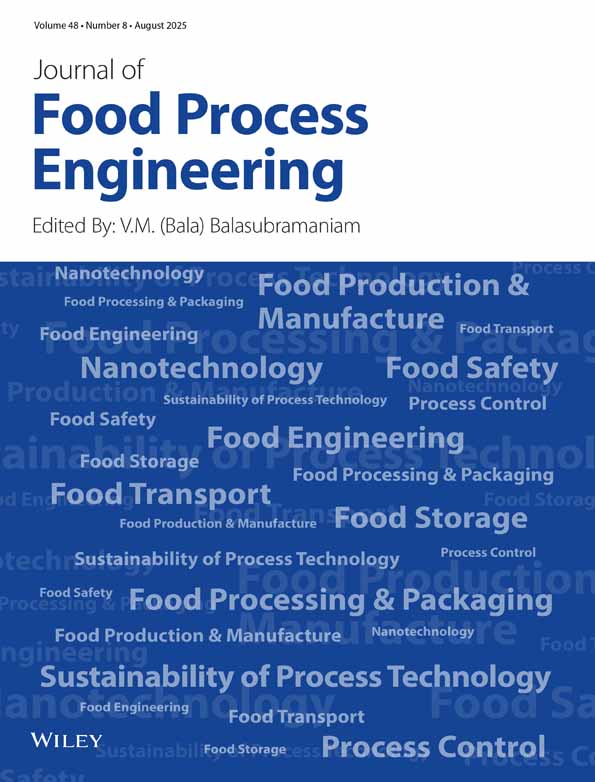FIBER OPTIC SENSOR RESPONSE TO LOW LEVELS OF FAT IN SKIM MILK
ABSTRACT
A fiber optic transmission technique using single fibers to deliver and receive light was investigated for measuring the milkfat content of homogenized skim milk. Light transmission through skim milk for wavelengths of 400 to 1000 nm was measured using a fiber optic spectrophotometer. Transmission was measured for distances of 0.5, 1, 2, 3, 4 and 5 mm and for milk containing 0.05 to 0.21 wt% milkfat. Skim milk was centrifuged, and the resulting fractions mixed to yield samples with 5 different milkfat levels. Three optical responses were tested for correlation with milkfat content. One used a light intensity measurement at a single transmission distance of 4 mm, the second used the light intensity ratio of two wavelengths at a single transmission distance of 4 mm, and the third used six different transmission distances to determine a light extinction coefficient at a single wavelength. The calibration equations from all three methods were able to predict sample milkfat content with a RMSE of 0.008 to 0.012 wt%. Statistical analysis did not find a significant difference between the three methods. Hence, for simplicity using a single transmission distance is attractive for further sensor design.




